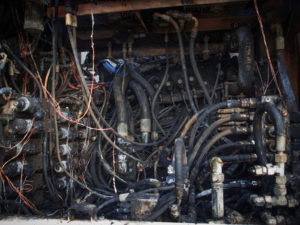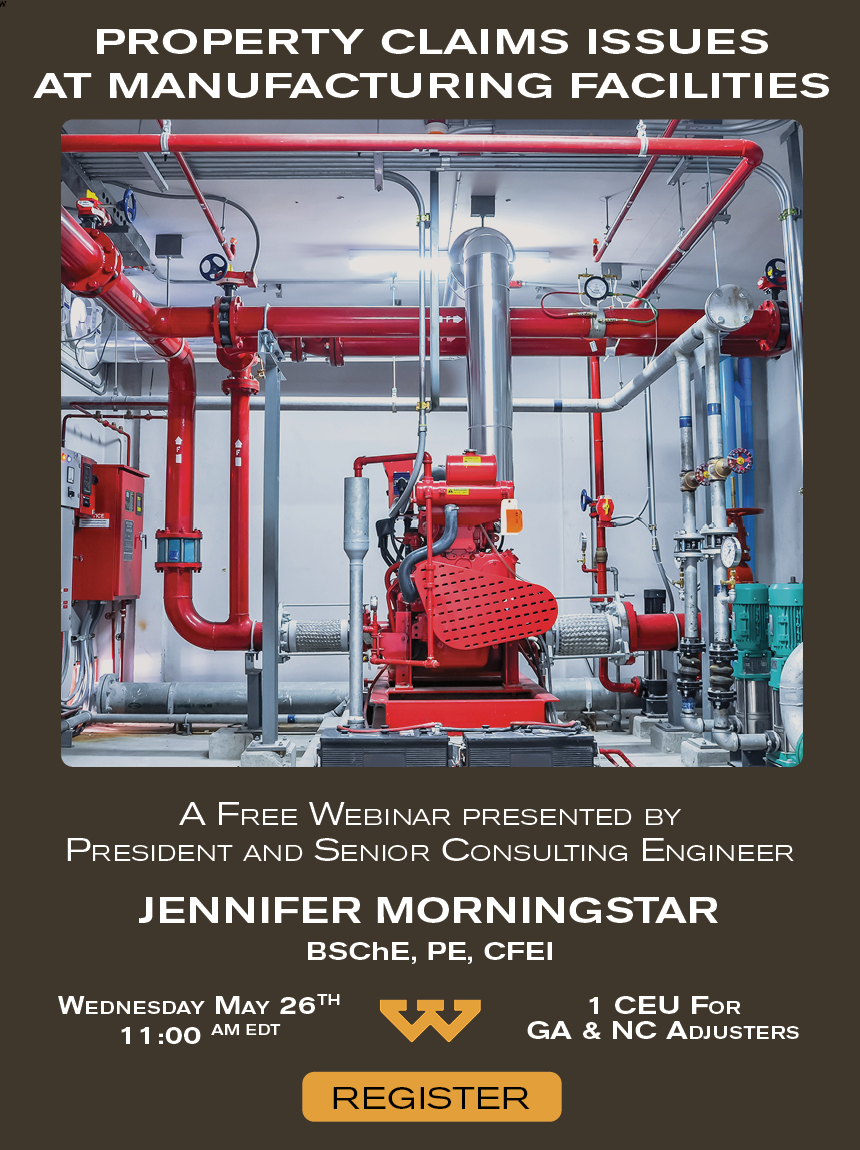Everybody Has A Part to Play – What’s Your Role?
Leave a CommentAcross industry and construction sites, there are times when employees of different employers are working side by side, or at least on the same site at the same time. Some industry examples are when chemical plants have contractors on-site for routine maintenance or during process shutdowns for major overhauls or repairs. OSHA refers to these as multi-employer worksites. In December of 1999, they revised their citation policy which allows for more than one employer at a worksite to be cited for conditions that violate OSHA standards. (more…)




